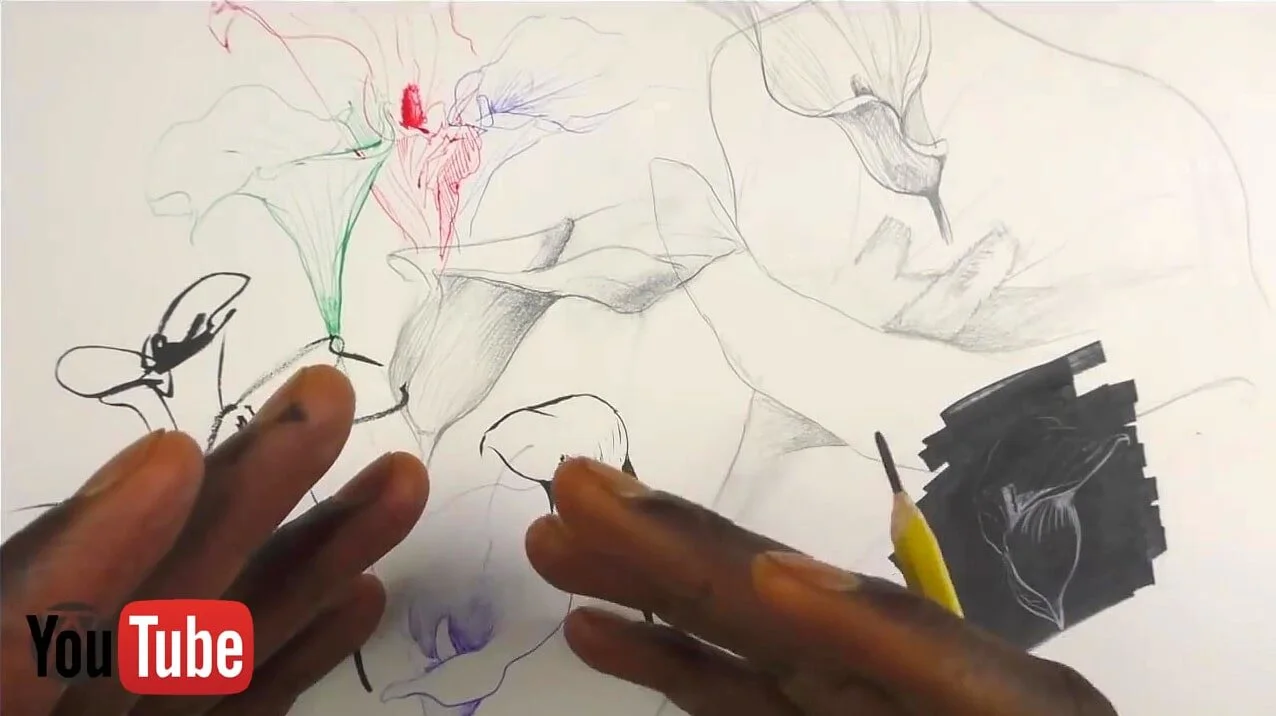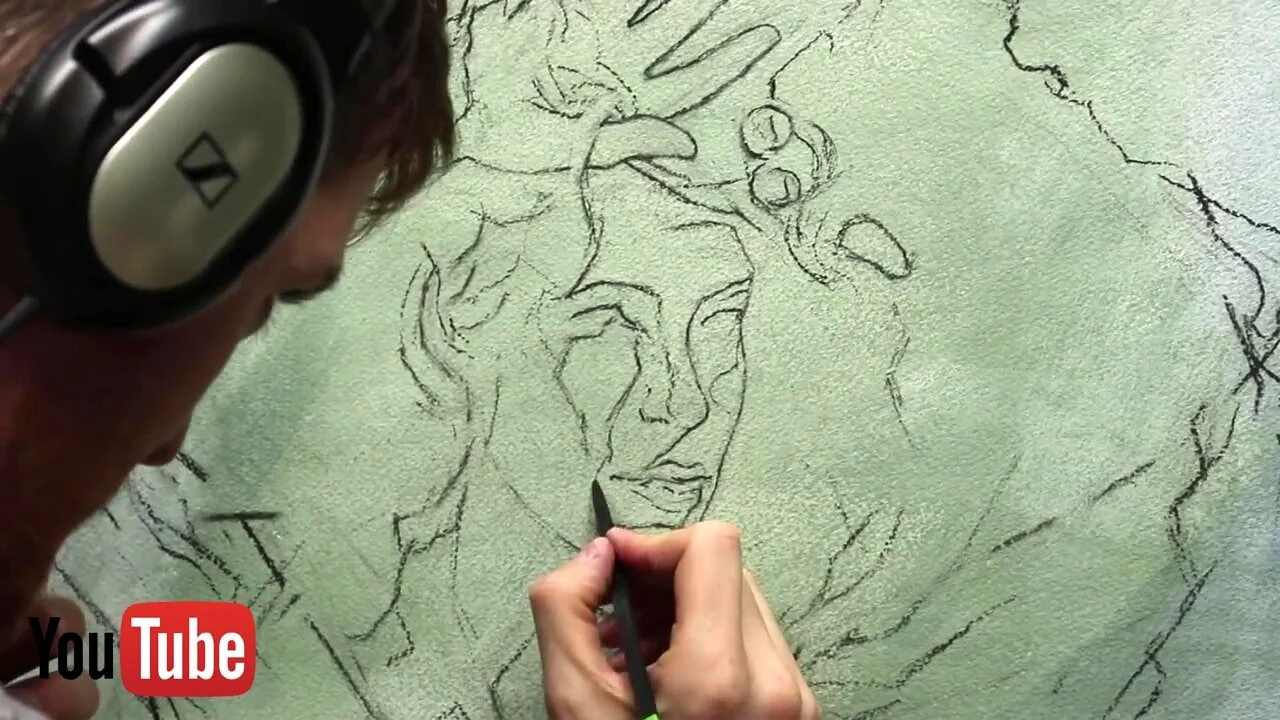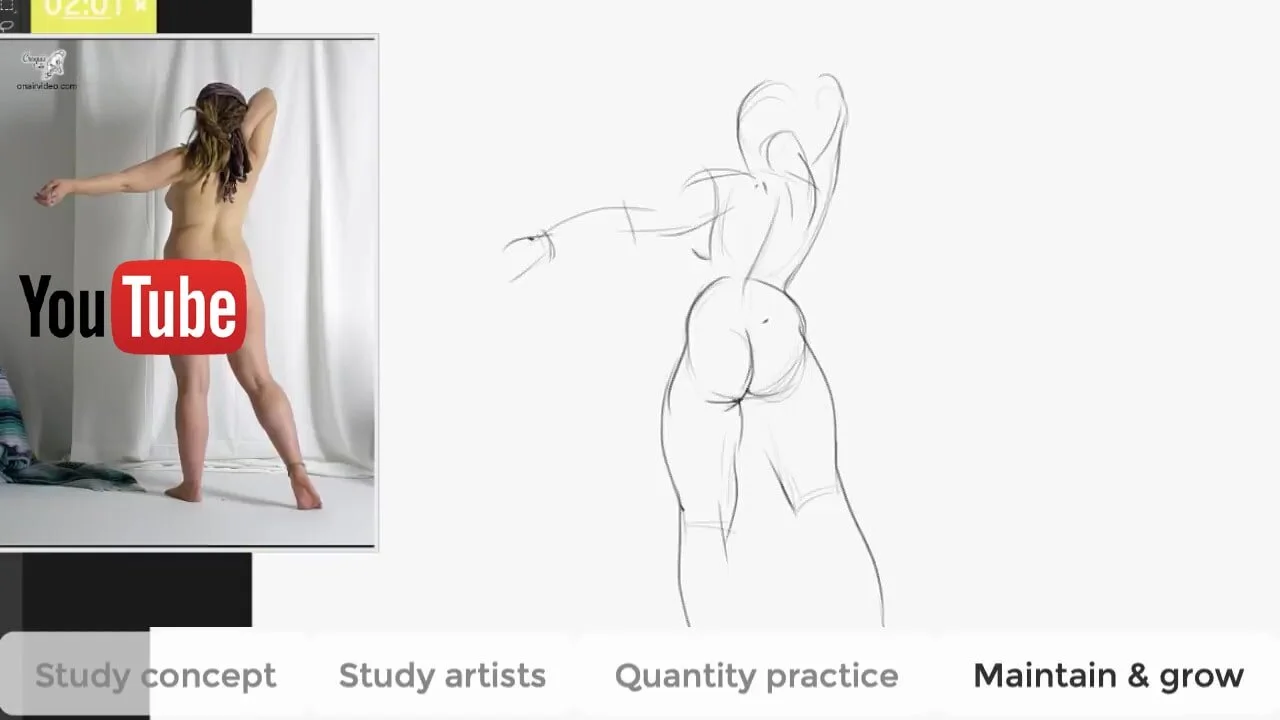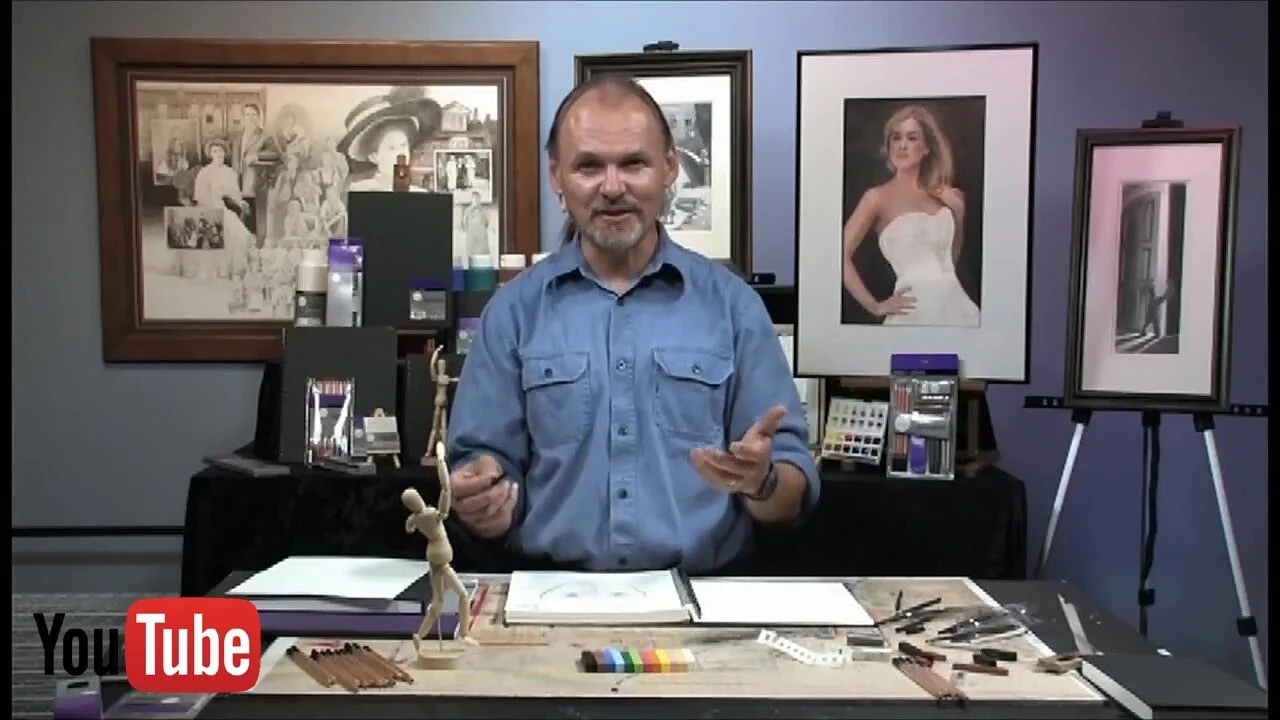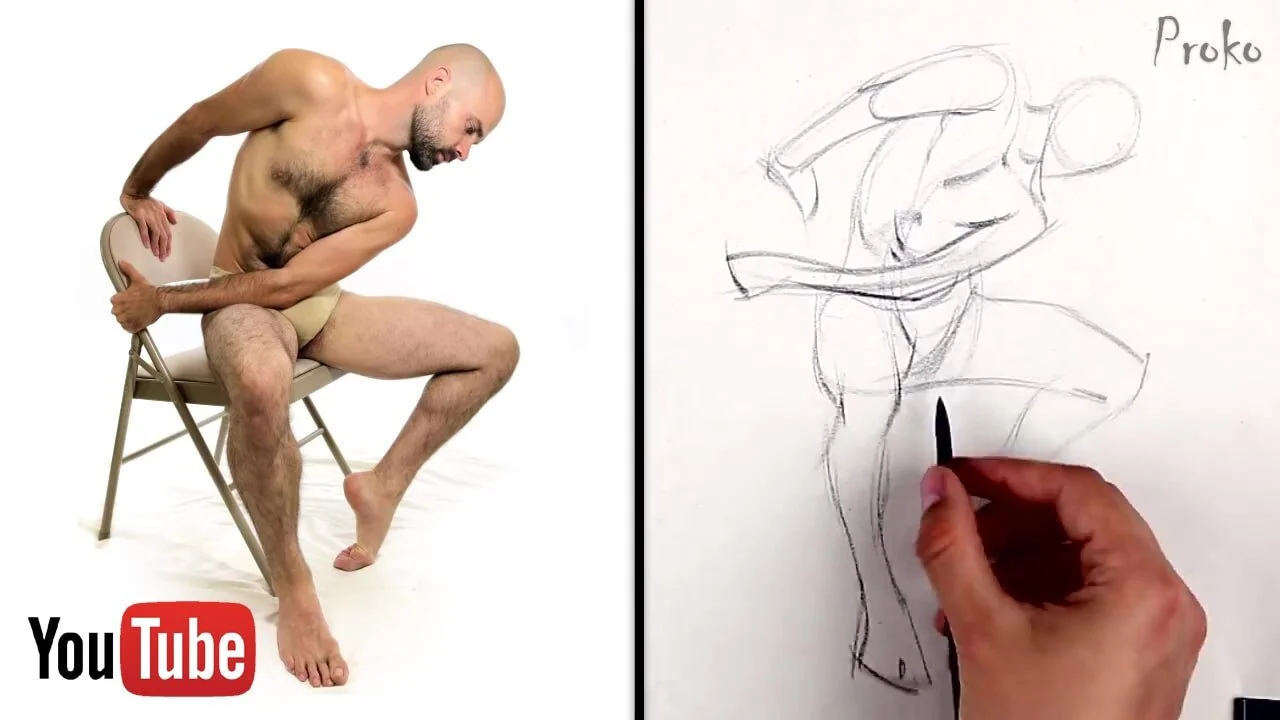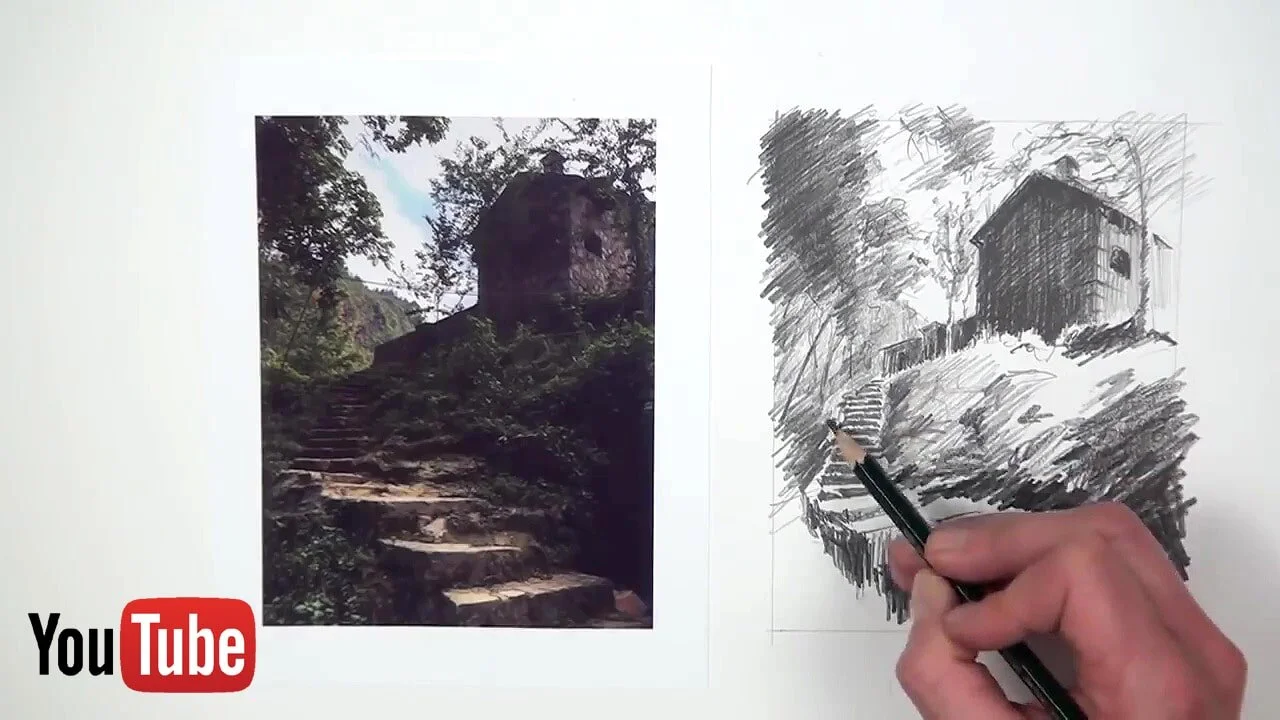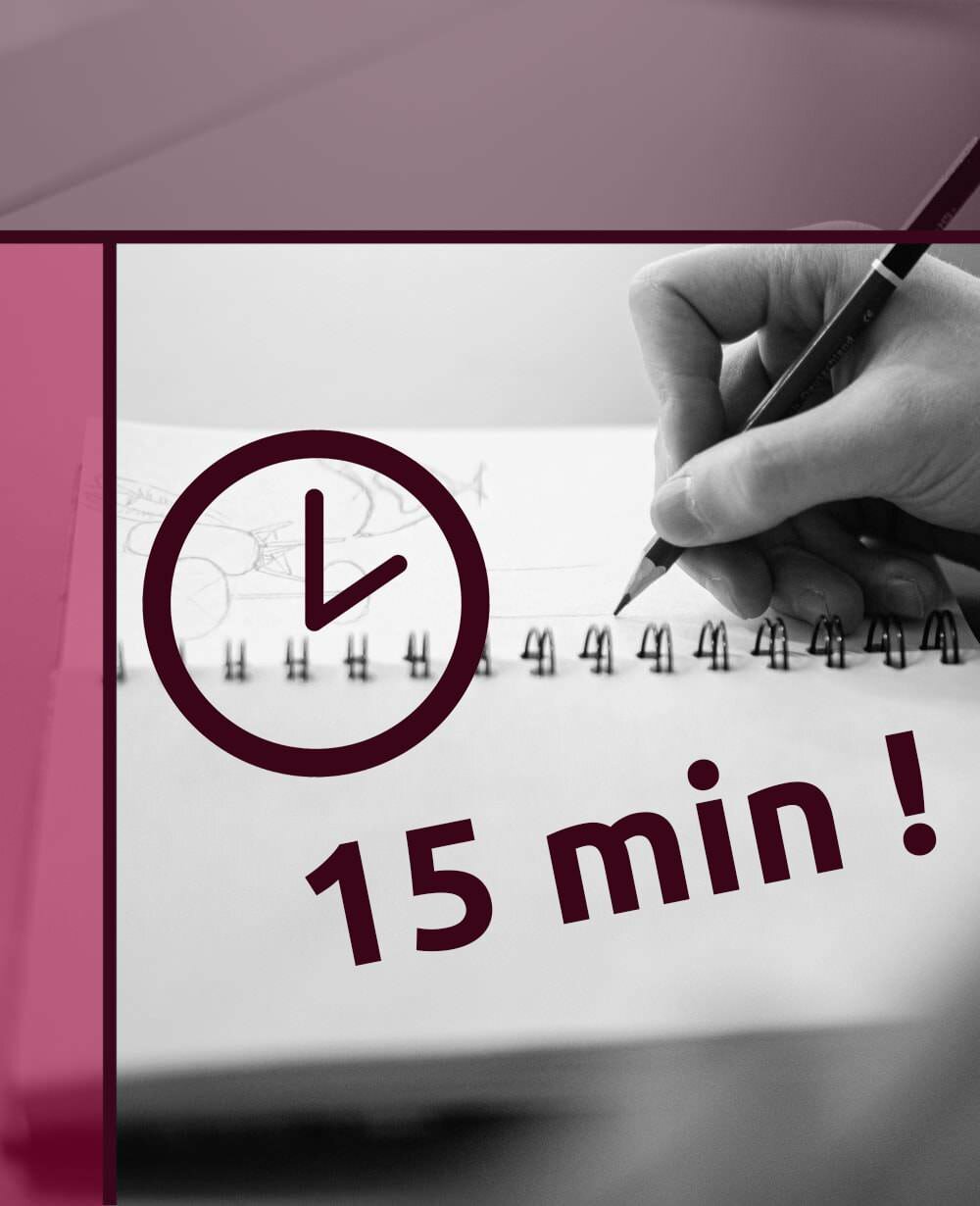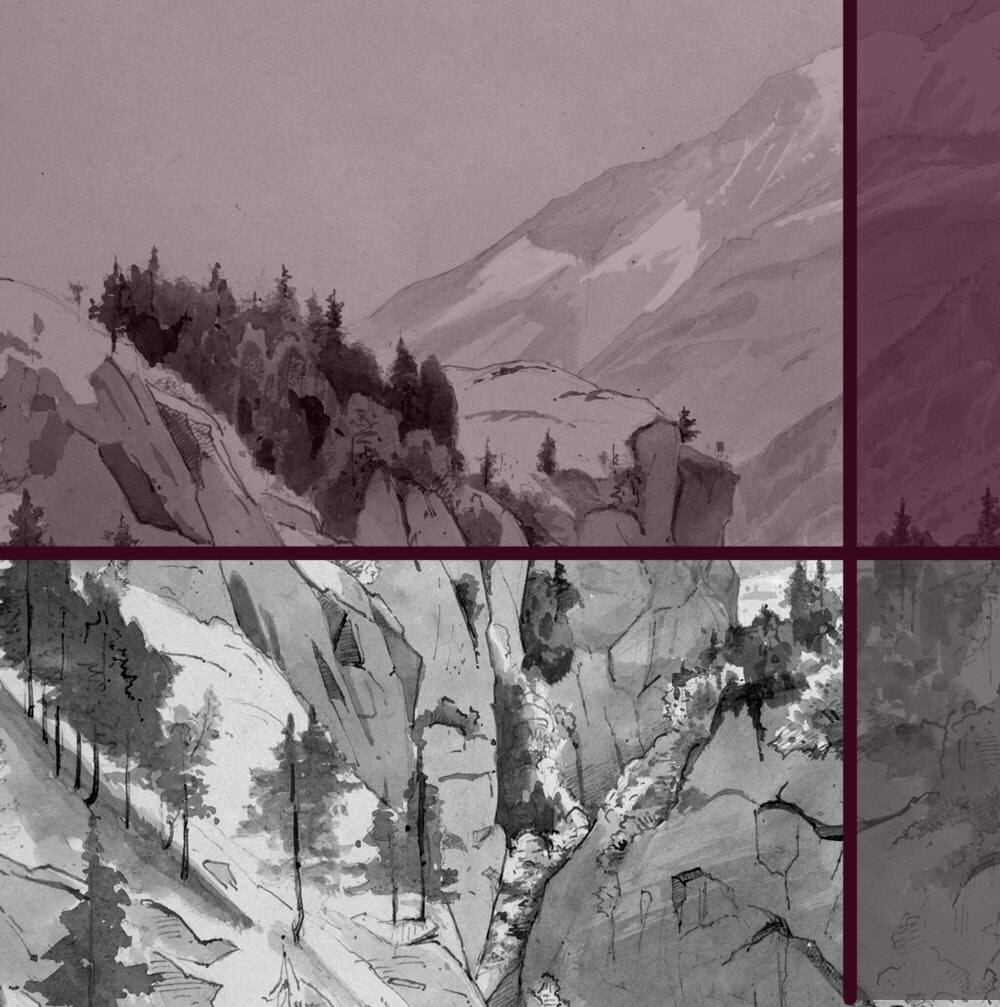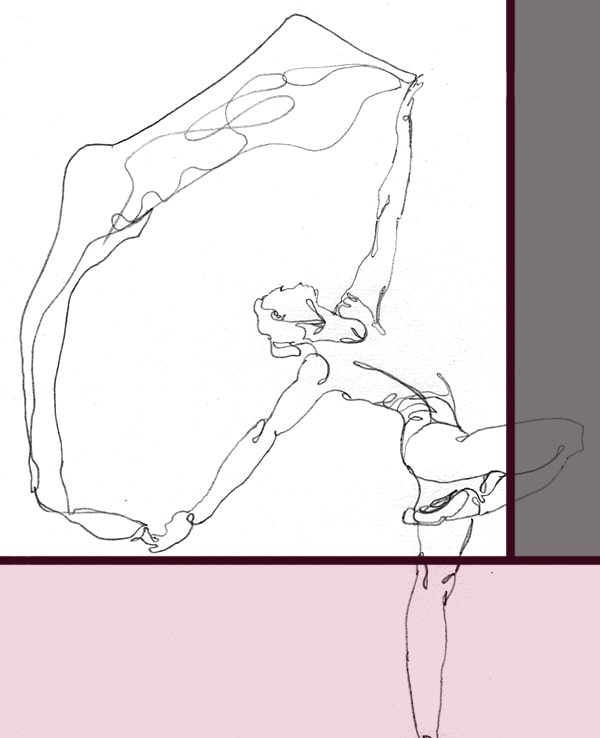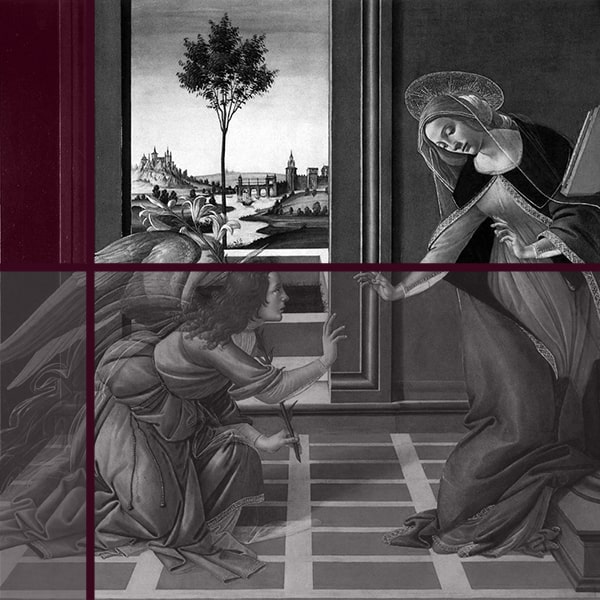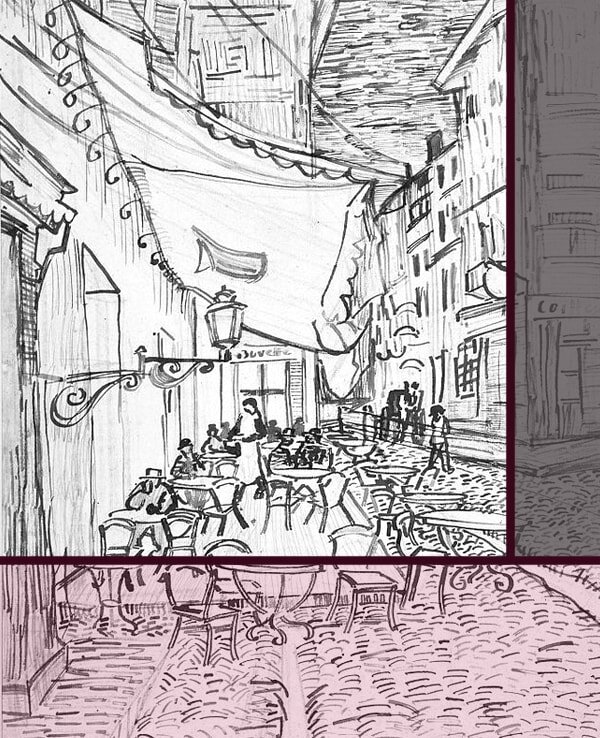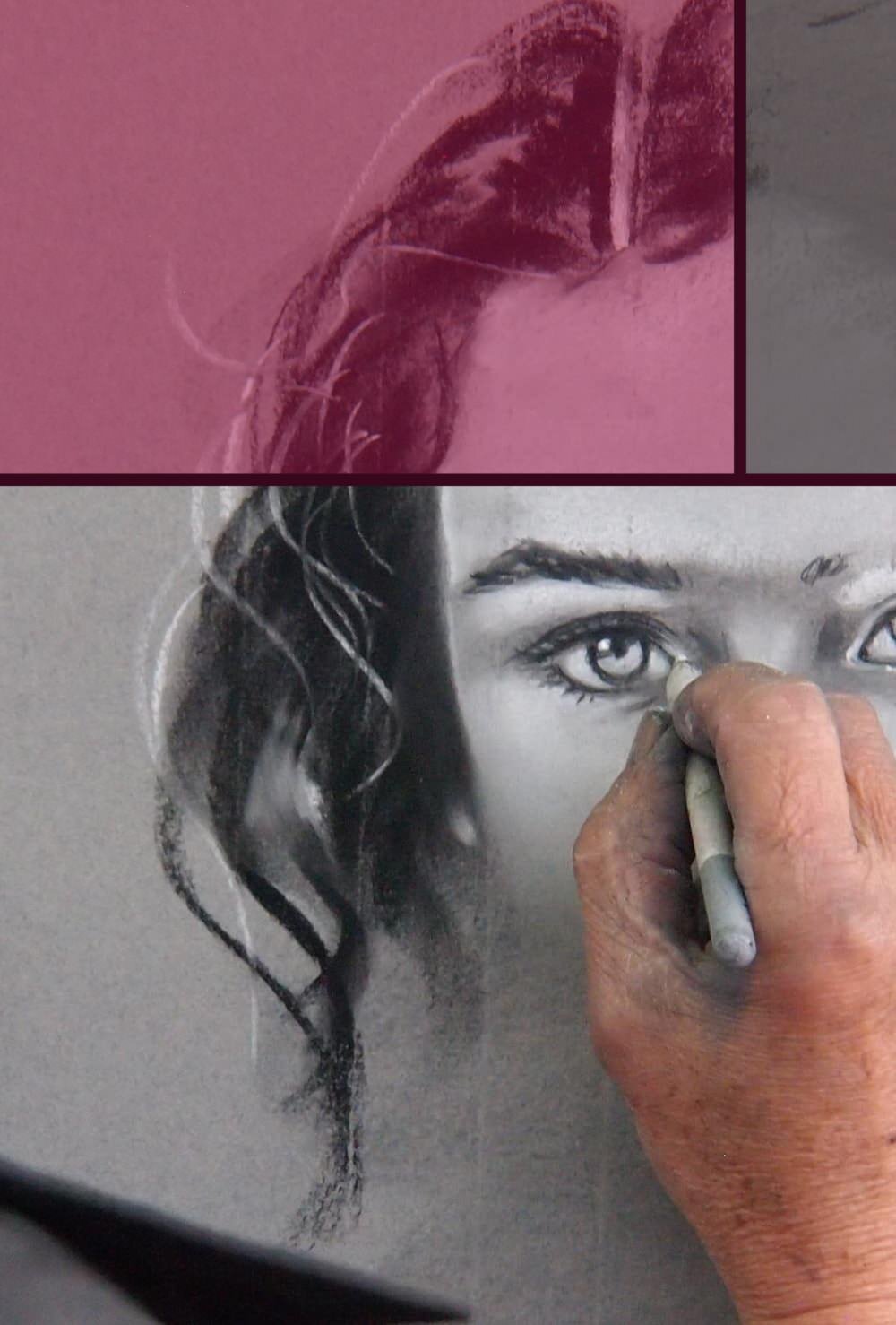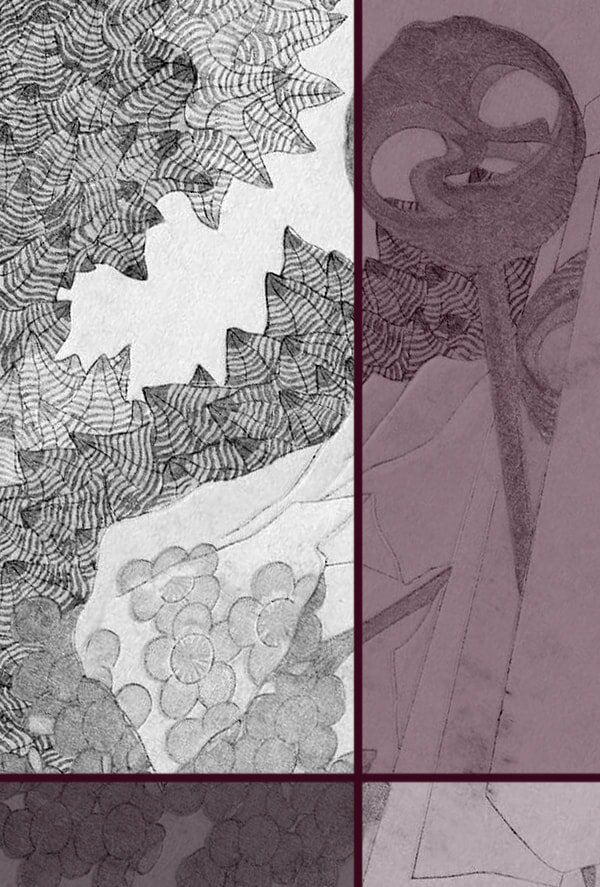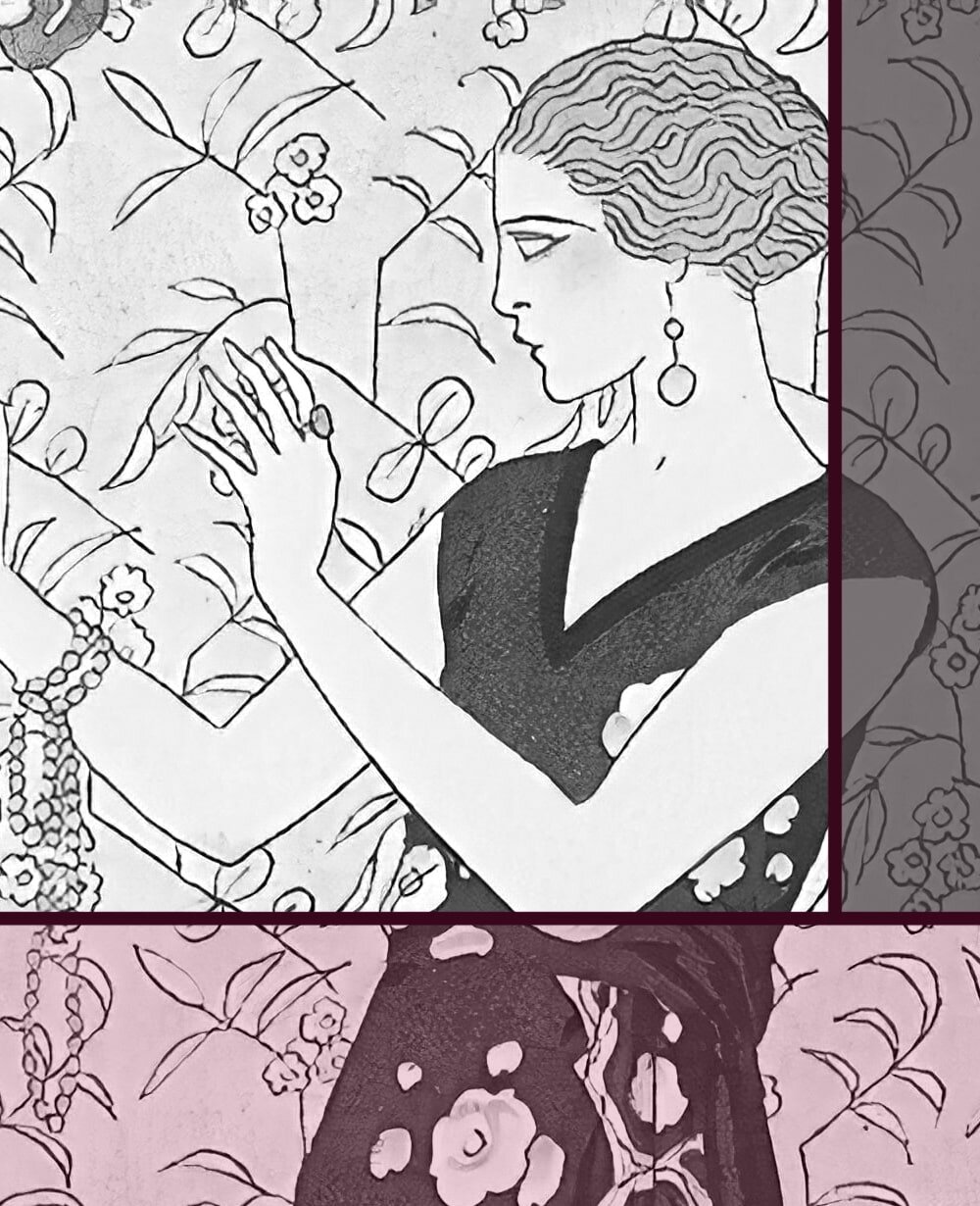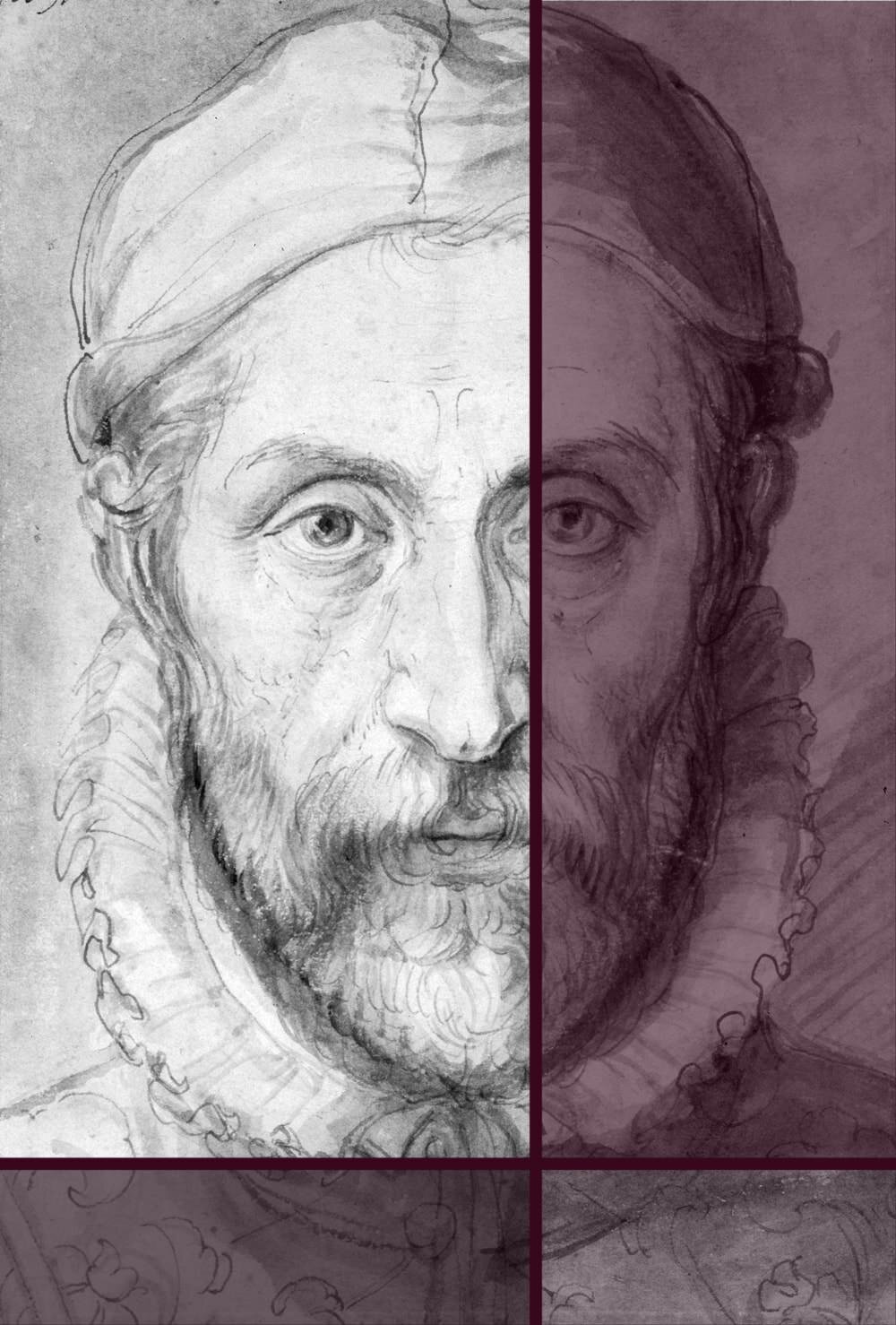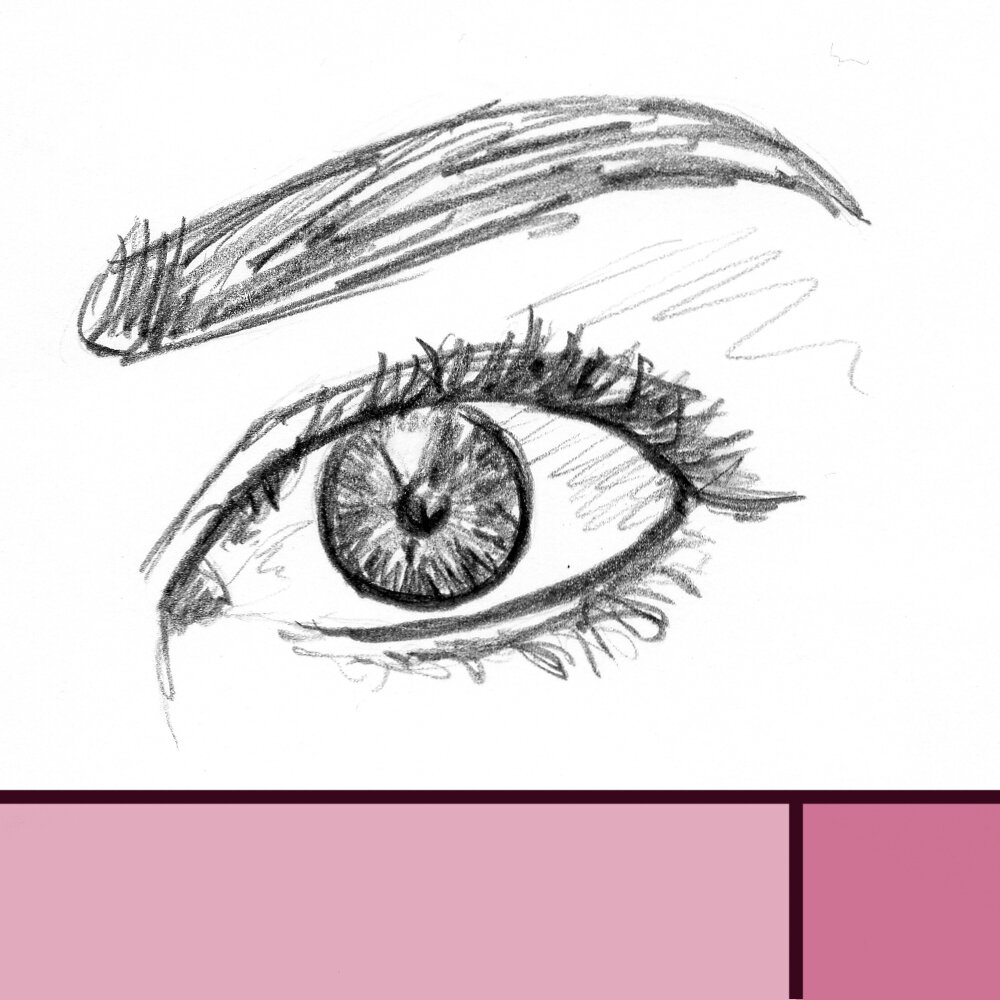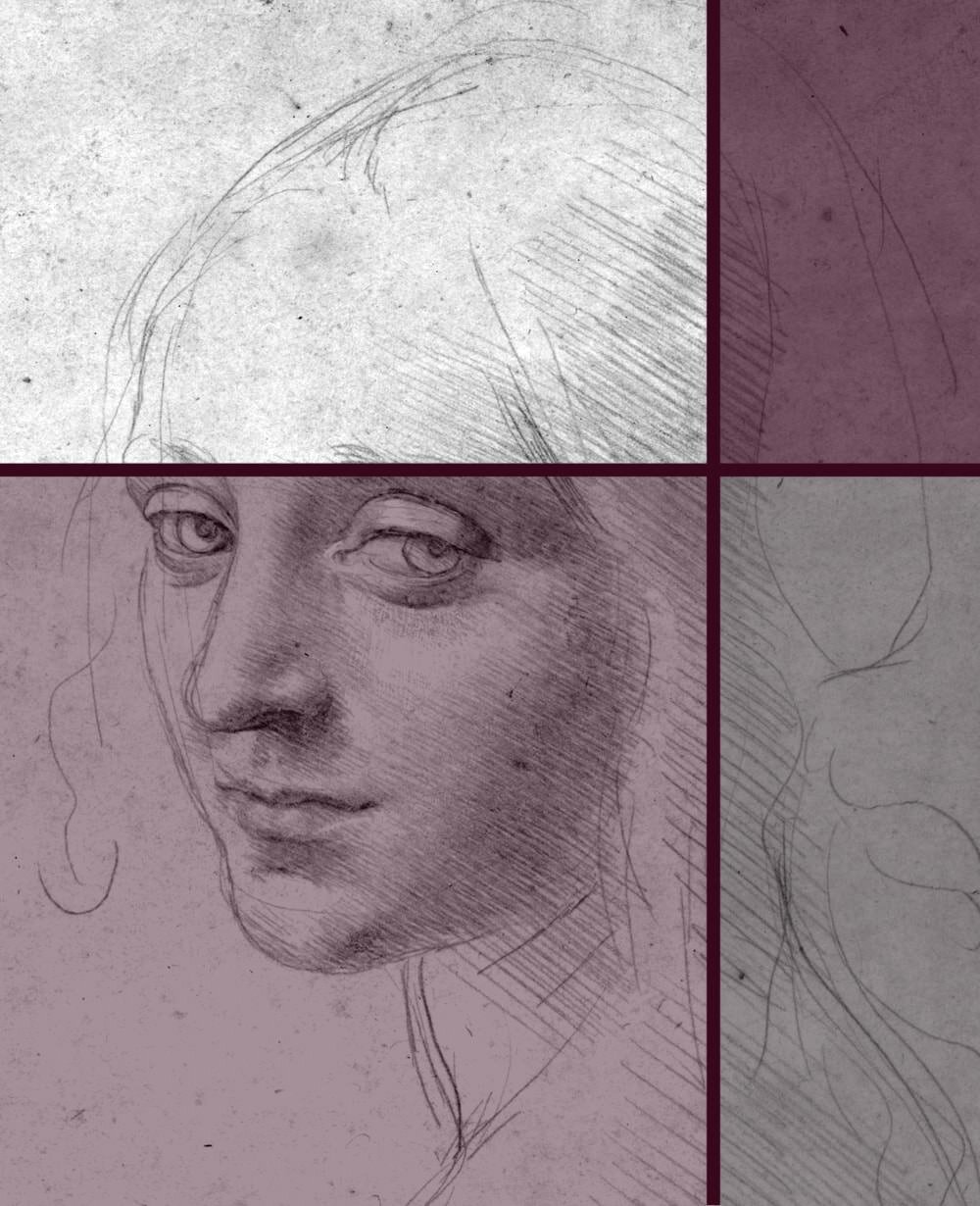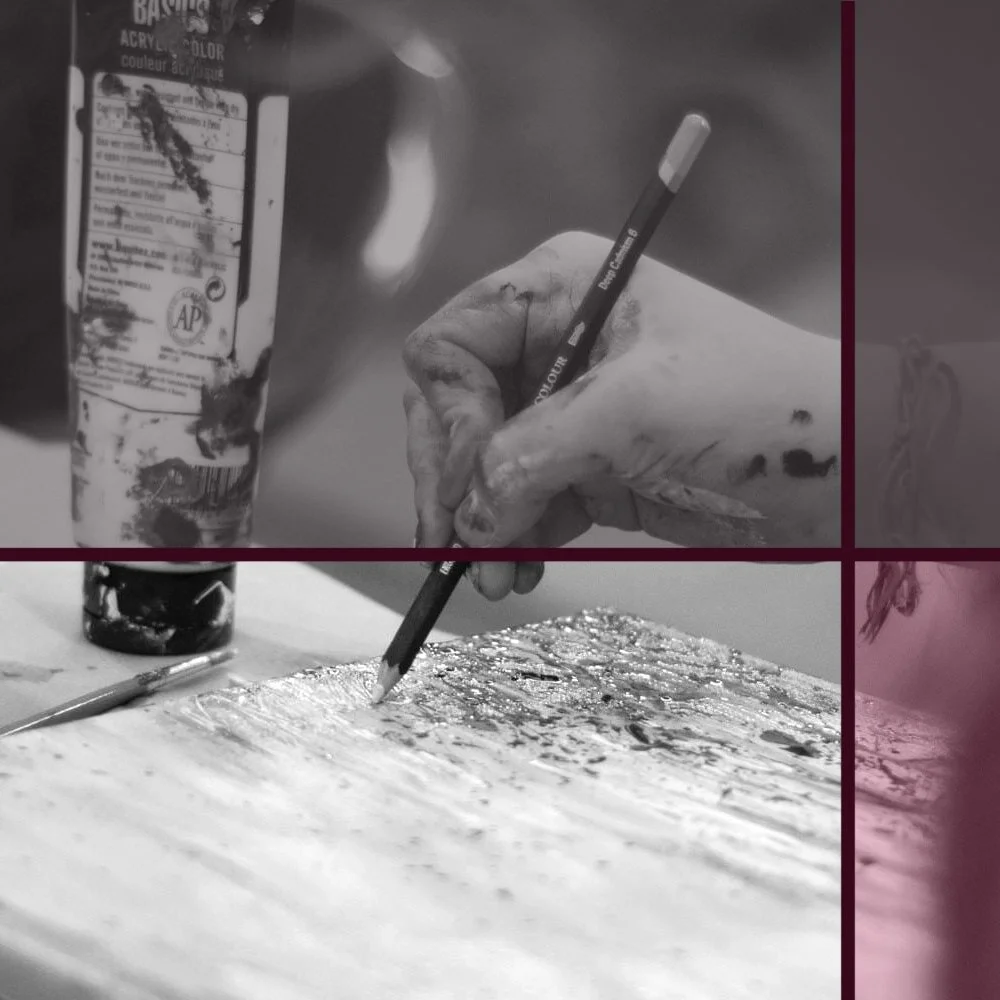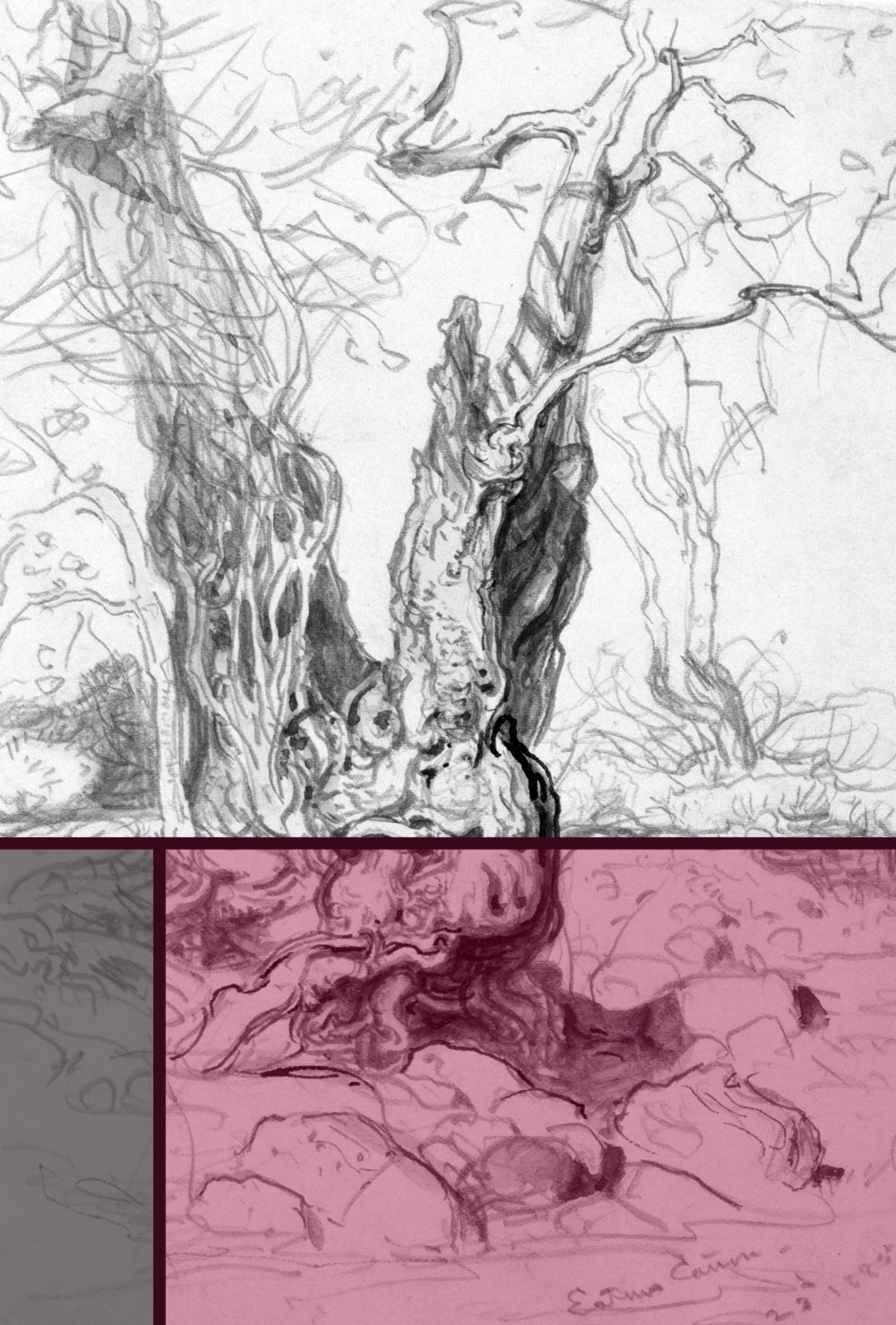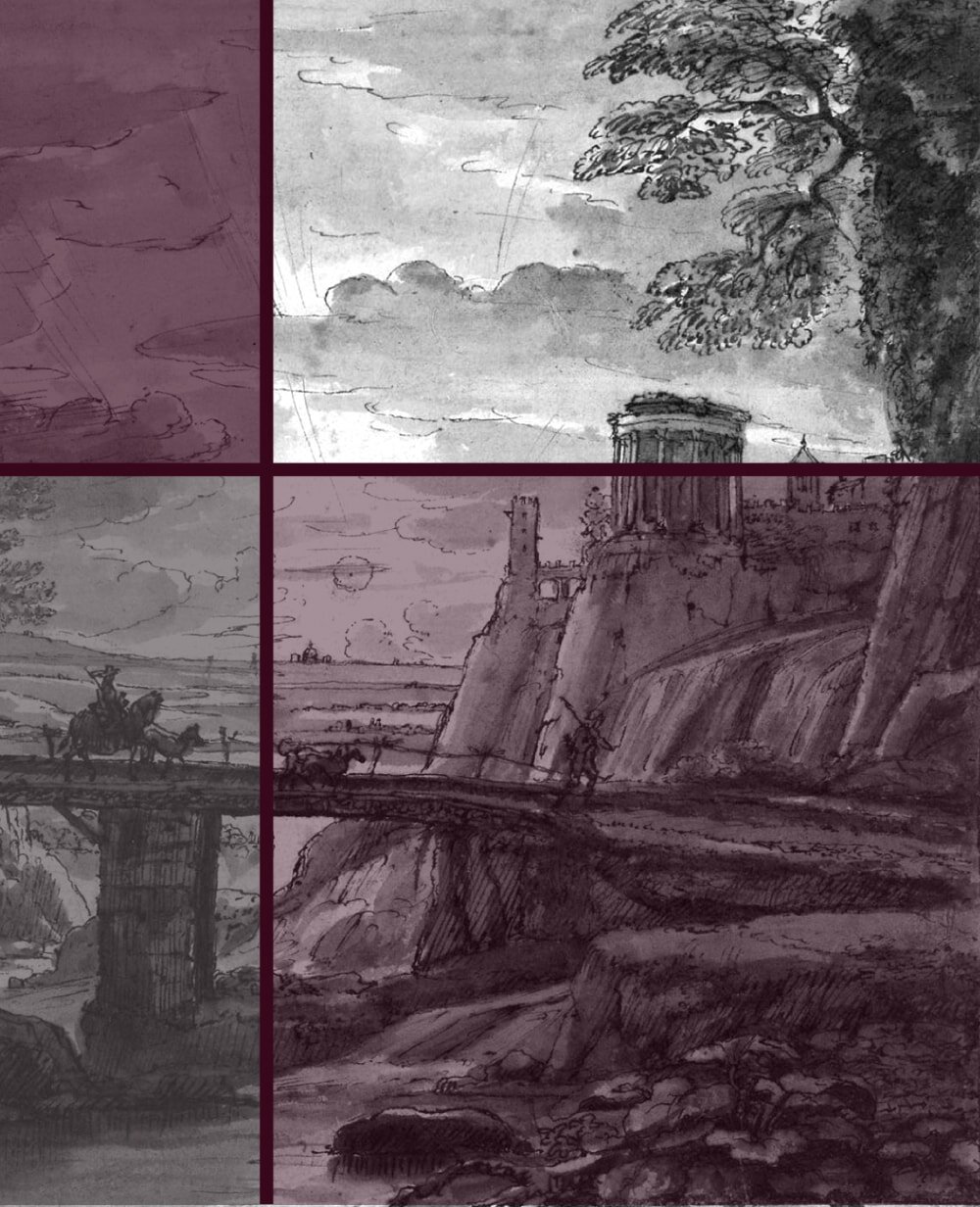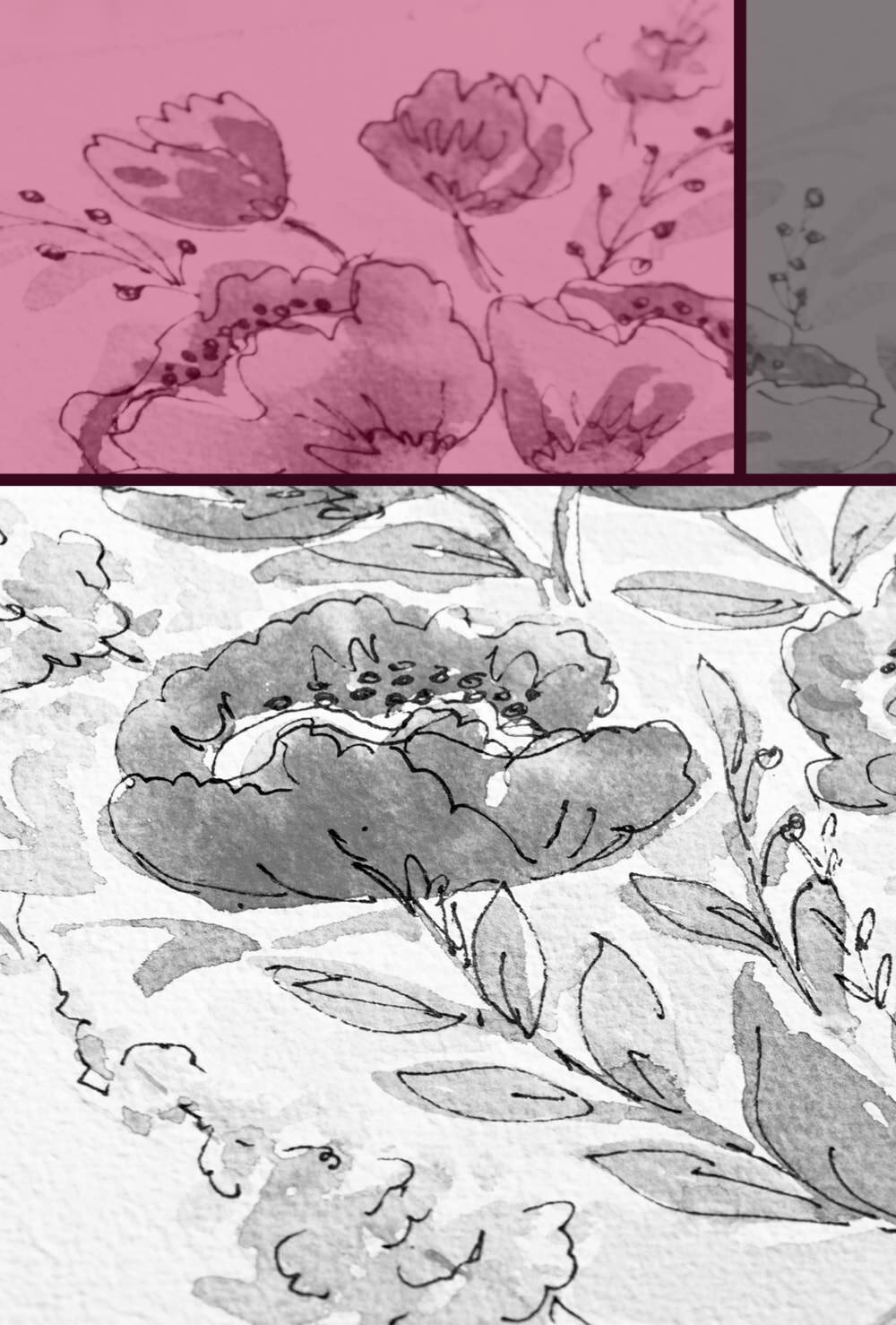The best YouTube Drawing Videos for Beginners
I always advise people to never get all their basic training from only one single source, whether they’re learning to draw, run or work towards a degree.
Any one book, course or tutor is bound to forget to mention some details that could have been super helpful to your progress. Also, learning and teaching styles differ and don’t always fit just right.
YouTube can be an excellent starting point when you’re just dipping your toe in and it can be the perfect topup when you’re already on the way or just want to relax a little and listen, rather than work yourself.
Here are some of my favourite YouTube videos on all things drawing.
How to draw every day. 7 simple tips
Ah, Alphonso Dunn, how much I love his videos. The author of the Pen and Ink Drawing Guide (more inspiring reads can be found in my post about 10 amazing books every artist should read) has a personality I can get behind. He's enthusiastic without sounding like he's trying to sell me premium car insurance.
There's something about his way of talking that always makes me want to get out the pencil. I think it's how he manages to convey with every word his general ‘no pressure, this should be enjoyable’-attitude.
Alphonso is so easy-going that it makes him the kind of person you'd never be embarrassed to show your drawings to, and you'd actually want him to give you tips, instead of secretly dreading any critique. He's a born teacher, an upbeat Bob Ross.
In this video he gives us very valuable tips on how to manage to draw everyday but also get something out of the exercise. He explains how to avoid getting bored and how to advance your technique and abilities in a simple, yet fun way.
Memorable message: The actual pencil-on-paper action is only a small fraction of the drawing process. There's also thinking, reflection, evaluating and so on.
Fundamental principles and techniques of classical drawing
Here's another gem I've stumbled across last week. Artist Florent Farges gives us a lesson on how to bring a subject onto paper and teaches us about proportion, angles and composition. All the while he treats us to a couple of minutes of watching him effortlessly create a really neat portrait with charcoal.
I particularly liked the really well explained part about how to plan the piece on the page, including how to choose visual aids and what parts can be left flexible. Florent’s way of drawing is really impressive, he works with a fluidity and confidence that is something surely every artist aspires to.
Memorable message: The composition has to follow the energy of the subject, not the other way around. Aim for expressivity before you start thinking about accuracy.
Top 5 figure drawing progression tips
This is a really useful video from artist Kenzo from Love Life Drawing, with tips and tricks about so much more than just drawing people.
For the video Kenzo did something many of us don't dare, but that was incredibly valuable for himself and for his viewers. He saw artwork he liked and got in touch with the artist (Simon Luty) to ask him how he developed his skill. And the artist responded, with a well of information and advice.
The main focus is on how to divide the seemingly monumental task of ‘learning to draw’ into manageable, bite-sized chunks. This concept isn't new, but it's something that we forget oh so easily in the rush of enthusiasm.
Memorable message: You should push all your separate drawing skills to at least medium level, then you can focus on your strengths. Medium is good enough to support the ones you want to actually focus on.
Tips and techniques for drawing and sketching
The poster of this really lovely 30-minute drawing introduction "found the DVD in charcoal tin set". While I'm not 100% sure how legal that actually is, it's been on since 2013, so it looks like no official body is taking it down any time soon.
In the video art tutor Dan Nelson gives us a short overview over the materials in a beginner’s art kit and lets us in on the way that professional artists hold and move their tools when drawing.
He also has a lot to say about how to overcome the fear of a blank sketchbook page or using your shiny new art kit for aimless playing around (which you should totally do).
Memorable message: The part of your brain that controls your fingers is not as good an artist as the part that controls your whole arm. So, it helps your art if you grip the pencil in a way that forces you to use your arm, not just your fingers.
How to draw gesture
To be honest, I usually avoid YouTube tutorials from artist and teacher Stan Prokopenko. His extrovert ‘sales-voice’ presentation style is just not for me. Mind you, that's a personal preference.
Luckily, for this video he's tuned it down a bit and it's quite watchable. In a mere 10 minutes he leads us through a really very informative lesson on gesture drawing, that I'd recommend to everyone who wants to learn to draw a bit more fluently.
He covers topics such as speed, simplicity and action lines, which are also quite useful for other types of drawing. Even if you prefer drawing landscapes or animals, this video won’t be a waste.
Memorable message: Lines in gesture drawing are more about how the pose feels rather than what it looks like. Exaggeration is totally encouraged.
How to sketch places quickly
Most sketching videos out there consist of a fragmented collection of general tips (such as how to hold your pencil, how to shade). But they rarely show you the creation of a sketch from beginning to end.
Luckily ArtTutor has created this lovely little video that I've referenced in my post How to Simplify your Drawings. It's an 18-minute version of the artist drawing a single sketch of a house and some greenery, with explanations, tips and tricks.
Memorable message: Having some sort of eye-catcher in all four corners of a drawing acts as a frame and helps to keep the viewer from "leaving" the image and looking elsewhere.
The 7 habits of highly effective artists
I'm not going to lie, I didn't plan to watch the entirety of this 30 minute talk. The speaker started out with the old "I made a bet with someone"-story and how this motivated him to develop a skill he was "rubbish at". Neither of which is rarely ever true.
But it was worth my time in the end, because Andrew had done his research. He explains how he looked into what other professionals, including J. K. Rowling or Rembrandt, did to develop their work, and how he planned his own journey around that.
I also always appreciate others reading through all that motivational book material with tips and tricks on how to achieve your goals and then just giving me the one or two actually useful bits of information in a quick recap.
Memorable message: There’s a lot of red tape in life, like the government telling you what you can do, your boss telling you what you can work on. Art is one of the few fields where you truly get to do what you’re interested in. If you like drawing nothing but cute girls, draw nothing but cute girls! But do it well.
Is it too late to learn to draw and be a good artist?
This lovely video discussion on the common issue of thinking you are too old to learn something had me at: "we're going to look at the evidence and think this through logically".
And it did not disappoint. It's a free 10-minute therapy session where your own concerns and doubts are addressed and taken seriously, rather than dismissed as ‘negative thinking’.
Rather than getting the usual empty pep-talk that's all about “believing in yourself” Kenzo from Love Life Drawing leads us through a realistic analysis of the topic. He presents each conclusion with absolute honesty and gives advice on how to set and achieve your goals.
Memorable message: If someone much younger than you is better at drawing, doesn't that automatically mean learning to draw doesn't take as much time as you think?
Honourable mention: Reacting to the violin prodigy
(or any other video from Brett and Eddy, aka TwoSet Violin)
I know, neither drawing nor painting related, and definitely not everybody's cup of tea, but the topic fits in neatly with above video on the right age to start learning an artistic skill.
The videos of these two chaps consist of all sorts of violin-related shenanigans and they’re worth watching for two reasons.
First, they've mastered the art of finding new fun ways to get themselves to practise and really engage with their instrument. They never seem to run out of reasons to get out the violin and I'm sure many of us can learn a thing or two from their enthusiasm.
And second, because of their relaxed relationship to their own jealousy. They manage to keep their motivation and joy in their art despite regularly being confronted with child prodigies and other professional players much better than them.
Those guys are not exactly the serious kind and I have to enjoy them in moderation, but they're wildly entertaining and their ‘artistic maturity’ and way of getting back on the horse after being smashed by 12-year-olds ought to be commended and thoroughly enjoyed.
Have a look at my article The top 10 most useful Websites for Artists for more ways to enrich your art and find inspiration using the World Wide Web.
You can also find some excellent online courses and books to try on my Recommended Resources page.
Did you enjoy this article or feel like you have anything else to add? Feel free to leave me a comment below!
If you like this post, please share it, so others may like it too!


